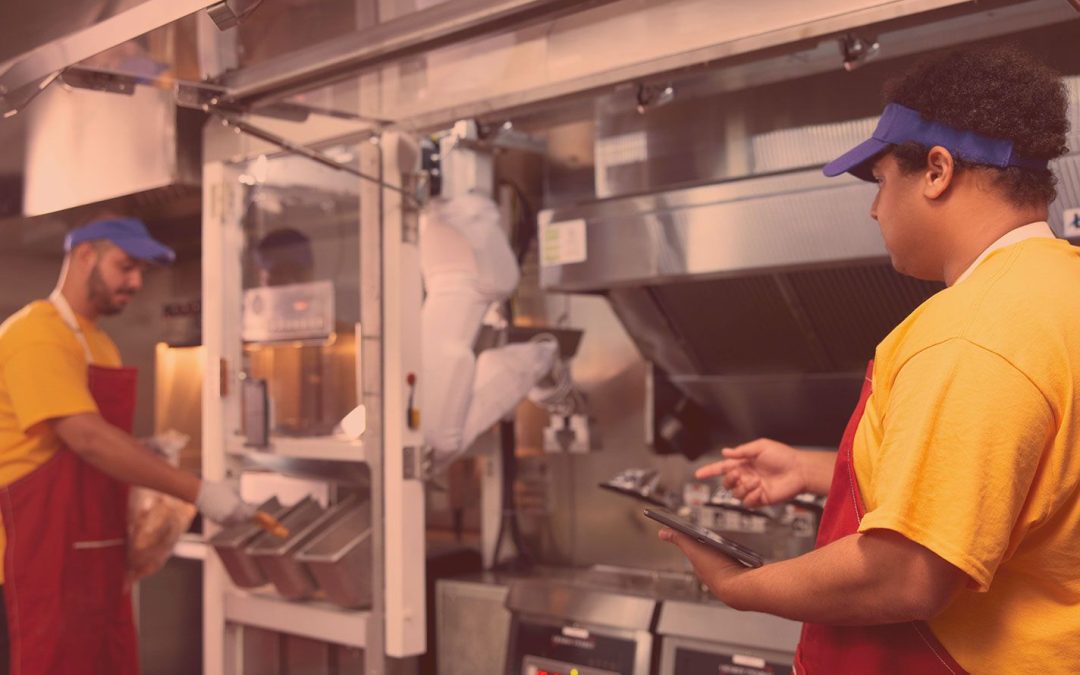Miso Robotics’ Flippy will be making a lot of wings under a new partnership with Wing Zone. The Atlanta-based, 61-location wing purveyor announced it would make the latest version of the robot “a part of the chain’s standard build for all future restaurant locations.”
That’s a landmark deal for both Wing Zone and Miso Robotics, making it one of just a few brands with robotic automation as a cornerstone of the operation. White Castle made a big commitment to rolling out Flippy and Jamba is the only other franchised brand with robotics ingrained in the brand DNA, through a partnership with Blendid.
Mike Bell, CEO of Miso Robotics, who has seen a lot of pilots and tests lately, said it’s groundbreaking.
“We couldn’t be more excited to announce a truly groundbreaking partnership with Wing Zone to incorporate back-of-house automation into all of its future restaurants from this point forward,” said Bell. “No other brand has accepted automation to this degree, and we don’t take their trust in us lightly. We want to establish Wing Zone as the franchise of the future, and this is just the first step in doing so.”
Currently, Wing Zone has 100 new locations in some stage of development, and many of those will have Flippy. Already, the franchise organization Wing Zone Labs committed to deploying 20 of the robots across its upcoming Southern California. Flippy will be manning the frying station for chicken wings and other fried items.
Wing Zone Chief Development Officer David Bloom said it’s all about efficiency, which leads to better consumer and employee experiences.
“The greatest efficiency or improvement we find when implementing any type of technology in our system is an improved consumer experience. Whenever we can operate our business more efficiently and consistently through the application of technology it makes us much more accessible and convenient from a consumer standpoint, and a much more enjoyable place to work from an employee perspective,” said Bloom. “By automating many of those mundane processes that are often least enjoyable, it frees up the team to focus more on the hospitality side of the business.”
Of course, it helps address the historic staffing challenges in a job market that has two openings for every potential candidate. You can’t open a restaurant if you can’t staff it, but building with a large portion of cooking duties automated makes it easier.
“The integration of various robotic and automation systems and platforms throughout both the front and back of the house allows us to deal with all of the headwinds facing the industry in a highly scalable and cost-effective manner. We continue to see increased demand for our products and services nationwide, and want to make sure that we can satisfy that demand in a way that consumers value and appreciate while maintaining a strong economic model for our franchise partners to invest in,” Bloom added.
The move matches up with a major macro trend toward robotics. According to a recent look from the Association for Advancing Automation, robotic purchases surged by 28 percent in 2021. The food and consumer goods portion of that research was even higher than the overall market, robotics purchases in the sector were up 29 percent last year.


